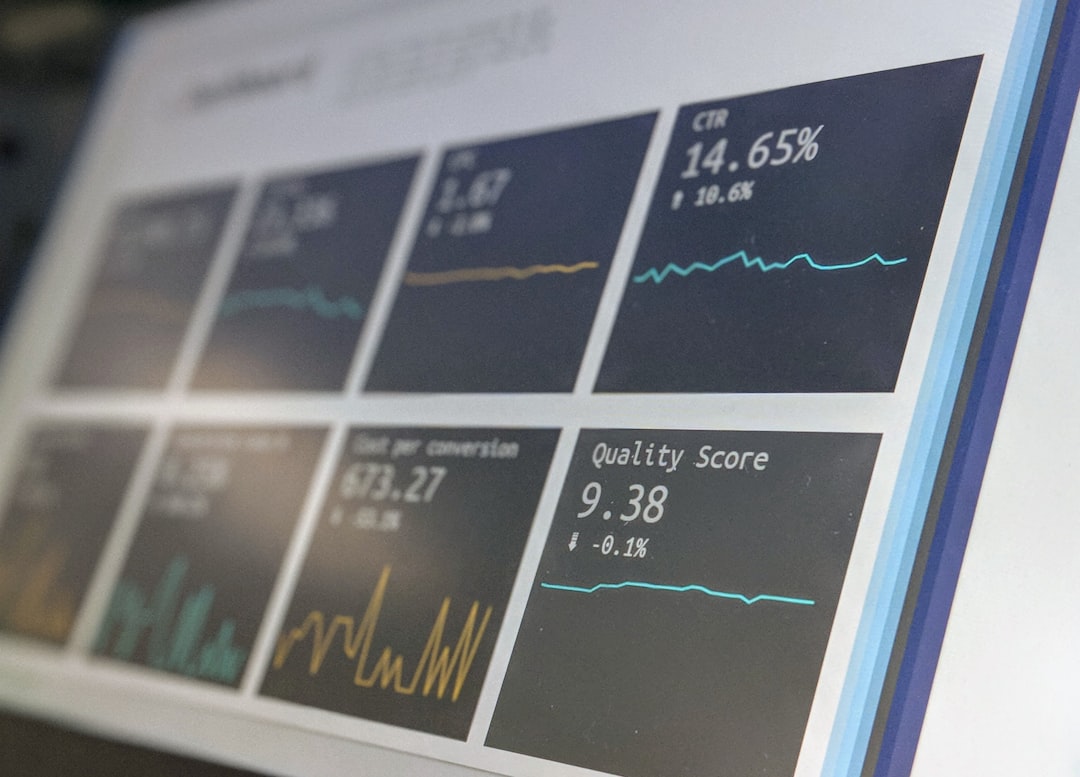
Optimizing Data Processing Twin Architectures for Stateful Storage Transformation
In today’s fast-paced digital world, the efficiency of data processing architectures is paramount. One significant trend that has emerged is the optimization of Data Processing Twin Architectures specifically for stateful storage transformation. This article delves into the nuances of these architectures, their benefits, and practical applications, all while providing insights for those looking to enhance their data processing strategies.
Understanding Data Processing Twin Architectures
Data Processing Twin Architectures combine the principles of physical and digital data processing systems. They create a seamless integration between data generation and its subsequent processing by utilizing stateful storage mechanisms. This dual approach ensures that data integrity is maintained while enabling robust analytics capabilities.
Key Components
Stateful storage transformation is a vital aspect of these architectures. It refers to the ability to retain state information between different processing cycles, which is essential for handling real-time data streams. This capability allows organizations to perform complex transformations on data without losing context, ultimately leading to better decision-making.
Benefits of Optimizing Stateful Storage Transformation
-
Improved Performance: By optimizing stateful storage transformations, organizations can significantly enhance data processing speeds. This is particularly beneficial for industries requiring real-time analytics, such as finance and e-commerce.
-
Scalability: Modern businesses must adapt to growing data volumes. Optimized architectures allow for horizontal scaling, enabling organizations to manage increasing workloads without sacrificing performance.
-
Cost Efficiency: Efficient data processing can reduce operational costs by minimizing resource consumption. Organizations can leverage cloud-based solutions that scale automatically based on demand.
-
Enhanced Data Integrity: Stateful storage ensures that data remains consistent throughout processing cycles, which is critical for applications that require high data accuracy.
Strategies for Optimization
1. Streamlining Data Pipelines
One effective way to optimize data processing is by streamlining data pipelines. This involves designing efficient data flow paths that minimize latency and reduce bottlenecks. Tools like Apache Kafka or AWS Kinesis can facilitate real-time data streaming, allowing for rapid ingestion and processing.
2. Implementing Microservices
Adopting a microservices architecture can enhance the flexibility and scalability of data processing systems. Microservices allow for independent deployment and scaling of individual components, which can lead to more efficient resource usage.
3. Utilizing Serverless Computing
Serverless architectures enable organizations to run code without managing servers. This approach is particularly advantageous for stateful processing, as it automatically scales resources based on demand, optimizing costs and performance.
Current Developments and Trends
The landscape of data processing twin architectures is continuously evolving. Recent advancements in AI and machine learning are reshaping how organizations approach data transformation. By integrating machine learning algorithms into data pipelines, businesses can automate decision-making processes and enhance predictive analytics capabilities.
Case Study: Retail Industry Transformation
A leading retail company implemented a data processing twin architecture to optimize its inventory management. By utilizing stateful storage transformations, the company achieved real-time visibility into stock levels, enabling proactive decision-making. This optimization led to a 20% reduction in excess inventory and improved customer satisfaction through faster order fulfillment.
Expert Opinions
According to Dr. Jane Doe, a data architecture specialist, “The future of data processing lies in the ability to integrate and optimize stateful transformations seamlessly. Organizations that invest in these architectures will be better positioned to leverage their data assets effectively.”
Further Reading and Resources
To dive deeper into optimizing data processing twin architectures, consider exploring the following resources:
- Apache Kafka Documentation
- AWS Kinesis User Guide
- Microservices Patterns by Chris Richardson
- Serverless Framework Documentation
Glossary of Terms
- Stateful Storage: A storage system that retains state information between processing cycles.
- Microservices: An architectural style that structures an application as a collection of loosely coupled services.
- Serverless Computing: A cloud computing model that allows users to run code without managing servers.
Optimizing Data Processing Twin Architectures for Stateful Storage Transformation is an essential focus for organizations striving for efficiency and responsiveness in their data analytics processes. By implementing the strategies discussed, businesses can unlock the full potential of their data, drive innovation, and remain competitive in a data-driven world.
For more insights and updates on data processing strategies, consider subscribing to our newsletter or sharing this article with your network. Your engagement helps foster a community of knowledge sharing and growth.


